What is additive synthesis? The ultimate beginner's guide
The next addition to our ultimate beginner's guide to synthesis covers all things additive
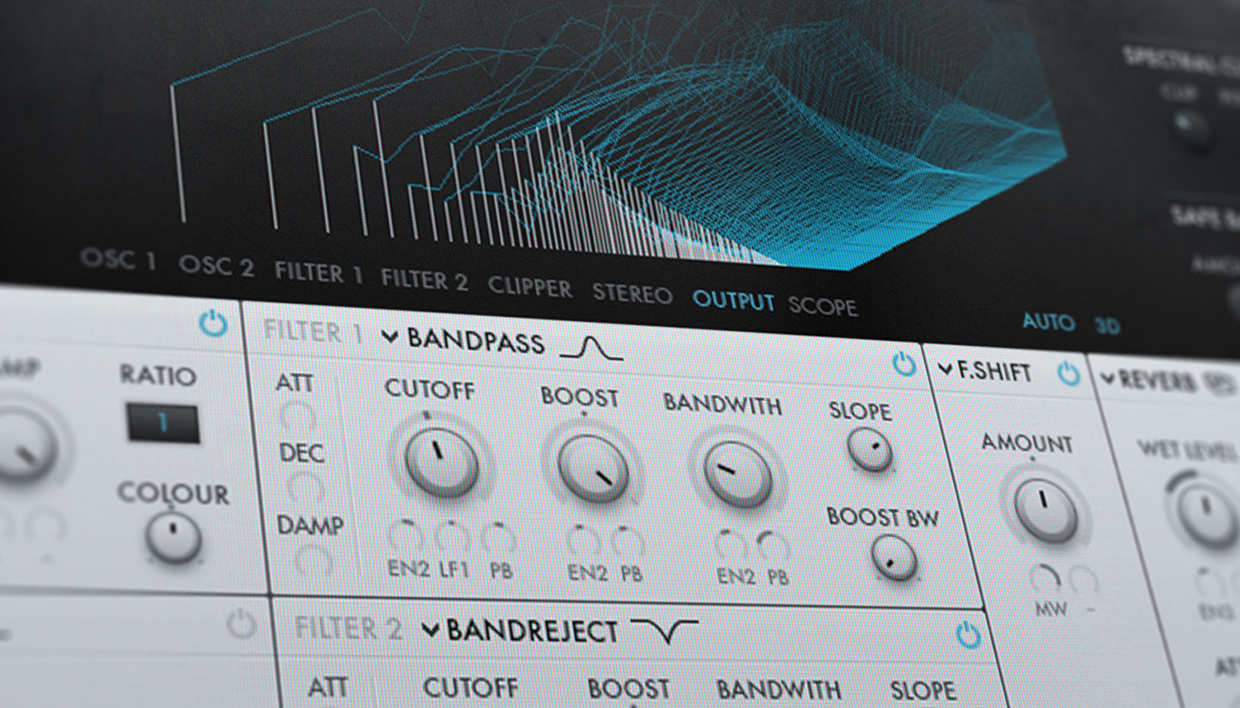
Unlike subtractive synthesis – the kind found on most analogue synths, where you start with a harmonically rich waveform and remove frequencies using filters – additive synthesis builds from the ground up.
It uses Fast Fourier Transform theory, which says that any audio signal, no matter how complex, can break down to a series of sine waves; you can recreate any waveform with the right combo of sine ‘building blocks’. Pile up sine waves (ie, harmonics) at related harmonic integers at different amplitudes, and you get familiar waveforms.
For example, start with a simple 100Hz sine as the fundamental frequency, then stack up more sine waves at odd-integer harmonic intervals from the fundamental (ie, one at 300Hz, another at 500Hz) to create a basic square wave.
Take that same initial 100Hz sine and add sines at odd- and even-integer multiples of the fundamental (200Hz, 300Hz, 500Hz, etc) and you’ve created a sawtooth wave.
This process of adding together so-called ‘partials’ to create more complex waveforms is the basis of additive synthesis.
Things get more timbrally interesting once you mix in additional sine waves at inharmonic intervals from the fundamental, modulate the amplitudes of these harmonics over time, alter the phase of individual sines in relation to each other, and mix in noise for more bite.
Sounds technical, but it’s essentially the same concept at work in many classic organs, where pipes or drawbars stack simple sounds, altering the instrument’s timbre.
Get the MusicRadar Newsletter
Want all the hottest music and gear news, reviews, deals, features and more, direct to your inbox? Sign up here.
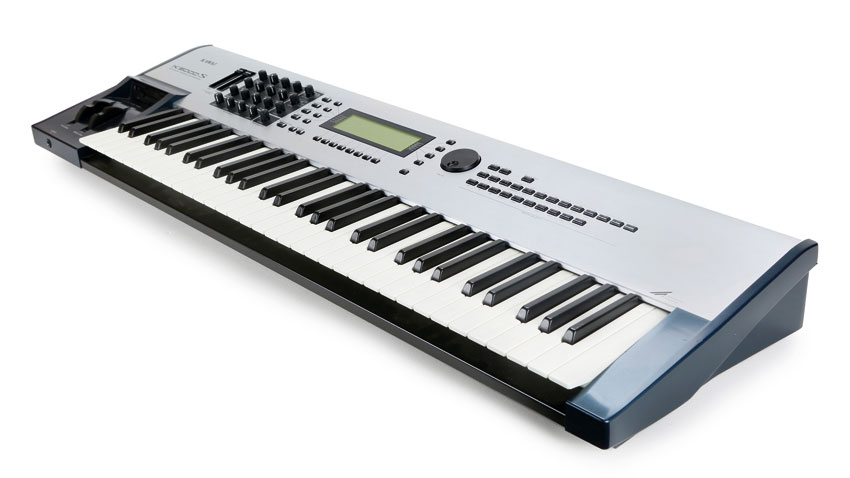
Unlike FM or wavetable synthesis, additive synths haven’t yet had much of a resurgence in the hardware realm (although we think it’s about time Kawai’s ’80s classics got a revival). There are plenty of great additive plugins out-there though.
In terms of dedicated additive instruments, Native Instruments’ Razor – designed by Berlin producer Errorsmith – is a longtime favourite. Arturia’s Pigments has recently gained a powerful additive engine for its third version, too.
What’s more, lots of common software synths have easily-overlooked additive capabilities. Logic’s Alchemy, Ableton Operator and Xfer Serum all have additive engines onboard, so you may well have an additive synthesiser in your arsenal without even realising it!
When to use it
The USP of additive synthesis is that it can do a whole variety of things, but it specialises in dissonant drones, bell sounds and airy pads. If your synth has a partials editor, start by experimenting with how different arrangements sound.
Randomly scattered ‘spikes’ of partials will create dissonant chime sounds. Creating ‘waves’ of partials that rise and fall across the spectrum will generate formant or vocal-like sounds. Try modulating the amplitude (level) of partials as a method for creating interesting pad sounds.
Some synths, such as Arturia Pigments or NI’s Razor, simplify the additive creation process with tools that can arrange and modulate the distribution of partials without the need to edit everything from scratch yourself. Let’s see this in action…
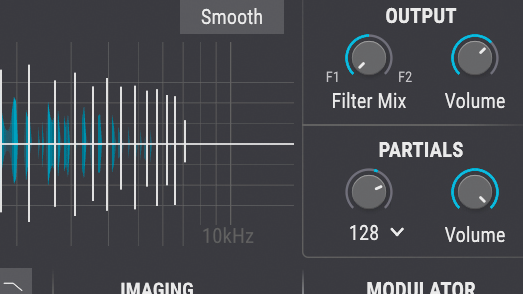
Arturia Pigments 3’s new Harmonic engine has a user-friendly take on additive synthesis, with tools to automate distribution of partials so users needn’t draw them in by hand. This starts by dictating how many partials a sound will have, variable from 1 to 512.
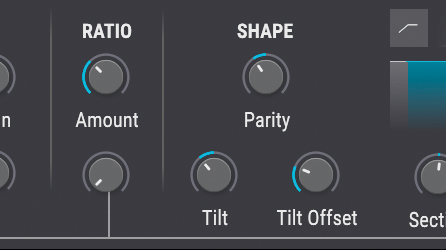
Ratio adjusts the pitch relationship between each partial, which has a significant effect on the tonality of the sound. Parity, meanwhile, adjusts the balance of odd and even harmonics, altering the character of the waveform that’s created.
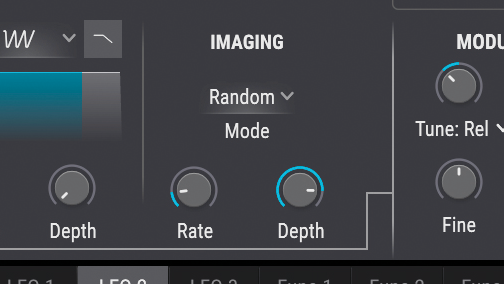
Pigments’ Imaging section is particularly interesting. This lets users control the spread of partials across the stereo field. Users can split odd and even harmonics left and right (split mode), spread out clusters of partials (periodic mode) or randomise distribution.


Future Music is the number one magazine for today's producers. Packed with technique and technology we'll help you make great new music. All-access artist interviews, in-depth gear reviews, essential production tutorials and much more. Every marvellous monthly edition features reliable reviews of the latest and greatest hardware and software technology and techniques, unparalleled advice, in-depth interviews, sensational free samples and so much more to improve the experience and outcome of your music-making.










